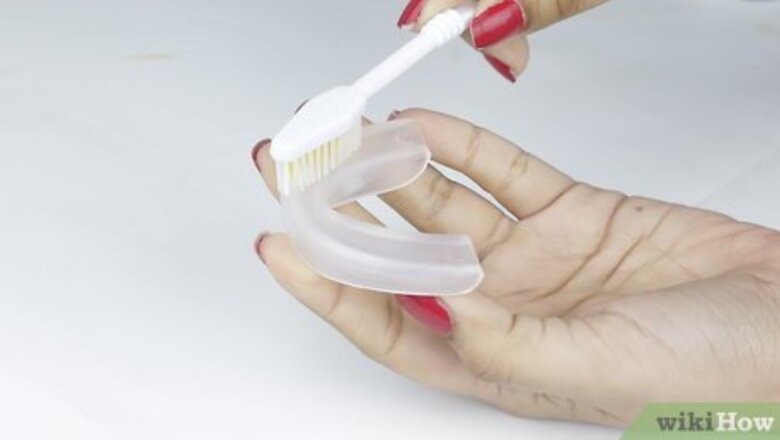
views
Using Gentle Soap

Get a toothbrush specifically for the purpose. You can even buy a special cleaning brush, but a toothbrush will work just as well. Don’t use the toothbrush you use for brushing your teeth. Try to find a hard bristled toothbrush.

Put a small amount of soap on the mouth guard. Dishwashing soap is a good choice, but you can also use hand soap. Anti-bacterial soap also works.
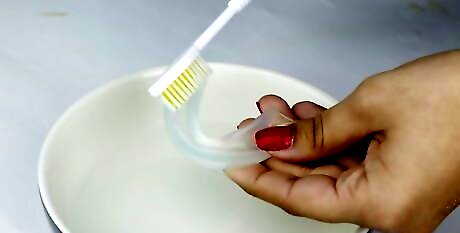
Use lukewarm water on the toothbrush to create suds. Gently brush the mouth guard or retainer. Pay special attention to the pockets of dirt and plaque.
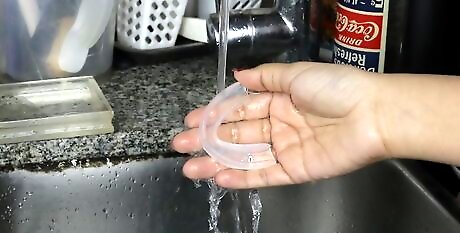
Rinse under warm water. Make sure all of the soap comes off. Feel the mouth guard to make sure none of the soap remains. Rinse it really well to avoid any unpleasant irritation of the oral mucosa from leftover soap.

Put into your mouth or into a case. If your mouth guard or retainer is not in use, it should be in a case. This protects it from getting damaged and away from pets (who often like to chew on it.)
Using Bleach
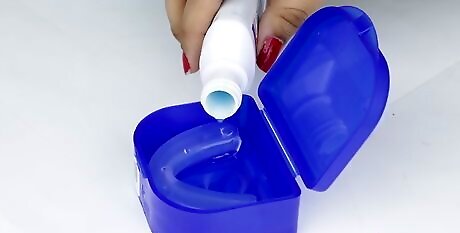
Make a bleach solution. Use one part bleach to 10 parts water. Place the solution in a small bowl or denture cleaner container. Do not use bleach if you are allergic to any kind of bleach. Also, make sure to use gloves to protect your hands.
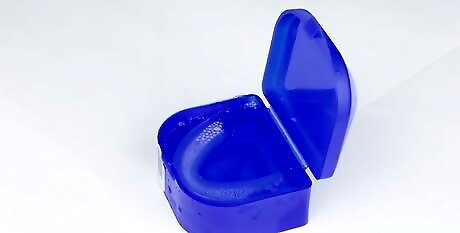
Soak your mouth guard for 5 to 10 minutes. The bleach kills the bacteria and plaque that have built up. Discard the solution after you’ve used it once.
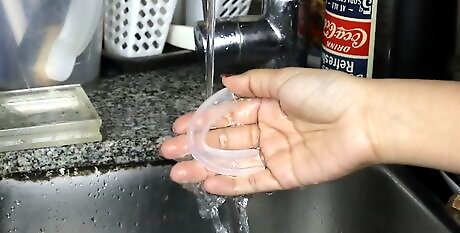
Rinse after taking it out of the bleach solution. Be sure that all of the solution is gone. No bleach should remain to damage your mouth’s soft tissues, such as your gums.
Using Denture Cleaner
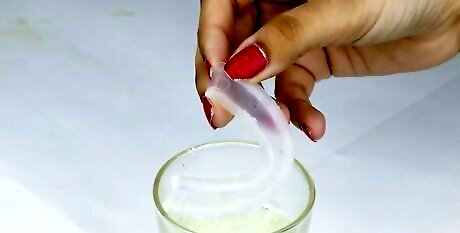
Purchase denture or retainer cleaning tablets. Fill a bowl or denture cleaning container with cold tap water. Drop in the tablet.
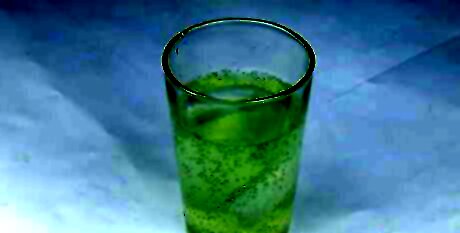
Place the mouth guard in the solution. Remove it after 5 to 10 minutes. Do not leave the mouth guard in the water all day or overnight as strong cleaning solutions could harm it.

Rinse well. Store your mouth guard in its container. You might also want to rinse it after taking it out of the container.
Caring for your Mouth Guard

Clean your mouth guard once a day. This prevents dirt and plaque buildup on your mouth guard. It also ensures that your guard lasts as long as possible. You can do a quick rinse with mouthwash daily and a more thorough clean weekly. It's a good idea to clean your mouth guard every morning when you wake up, after you take it out of your mouth. You can do this very quickly and easily by running it under cool water and brushing it, which will help prevent bacteria buildup. It is also very important to adopt a complete oral hygiene routine to reduce the amount of plaque buildup, so remember to brush two times a day.

Keep it in a case. Night guards and mouth guards can be damaged by heat and by pets. They can also get stepped on and mangled. The best way to keep them clean and in good shape is consistently using a case.
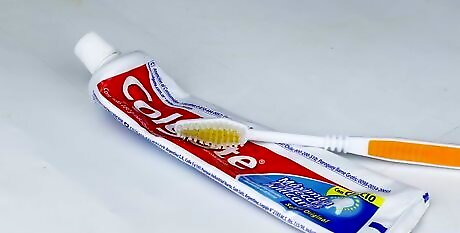
Be careful using toothpaste on your mouth guard. Some dentists say it is fine, while others claim that toothpaste is abrasive and can damage the guard. Even if you can’t see it, the abrasions can build up over time and compromise the mouth guard.
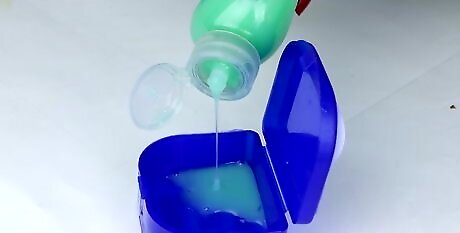
Clean your case regularly. Just as your mouth guard gets dirty, so does the case. Use a gentle soap solution. You can also clean it out with a bleach solution of 1 part bleach to 10 parts water. Only keep the bleach solution in for 5 to 10 minutes.
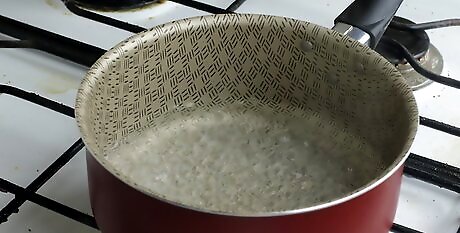
Never use boiling water on a mouth guard or retainer. It can compromise the plastic and make it start to melt. Use warm or cool (but not hot) water.



















Comments
0 comment